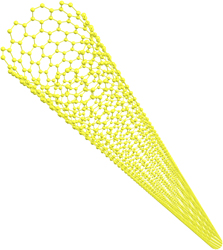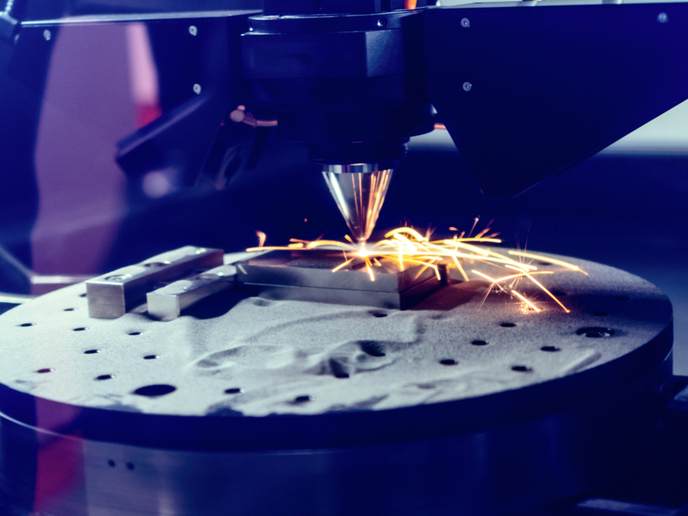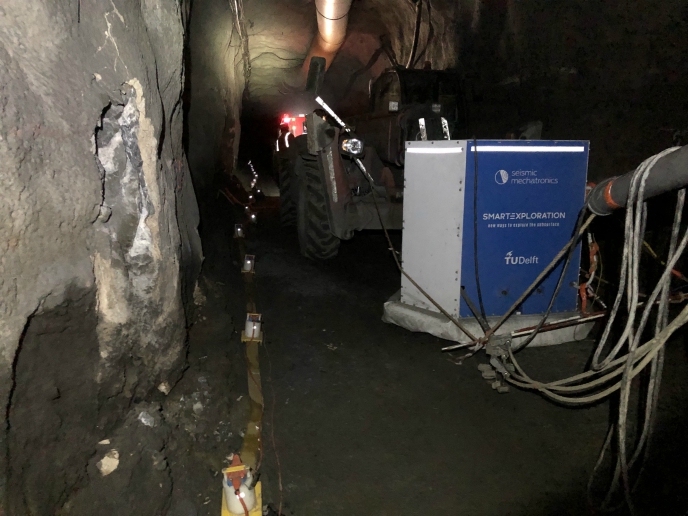Bottom-up approach to nanotechnology
Molecular self-assembly is a key concept in supramolecular chemistry. In particular, it refers to large molecular entities with interesting properties achieved through spontaneous self-assembly. These self-organising building blocks allow access to nano-scale objects using a bottom-up approach in far fewer steps than a single molecule of similar dimensions. By controlling chemical and physical properties at different length scales and directions, supramolecular assembled systems show novel functionalities.The EU-funded 'Self-assembly in confined space' (SACS)(opens in new window) project focuses on the formation of functional structures with unique properties through self-assembly in a confined space. These structures will have strictly controlled geometries, size and shape.Considerable effort is devoted to forming small luminescent clusters that consist of silver or copper and stabilising them in nanoporous materials (zeolites). In addition to their catalytic properties, these systems proved to efficiently convert ultraviolet to visible light, with quantum yields as much as 70%. The formation of luminescent manganese and lead clusters in FAU and MER zeolites, respectively, has been also attempted, with quantum yields below 10%.A major part of project work involved combining electrochromic materials with porous systems and polymers. Photochromic and electrochromic systems benefit from rigidification of the medium, acquiring enhanced luminescent, electrochromic or catalytic properties.Combining building blocks with strong chemical diversity and of controlled size and shape allows easy optimisation of their properties. In zeolite crystals incorporating luminescent clusters, control over luminescence properties is achieved on the scale of one cage (1nm), while control over moisture or gases is achieved on crystal level (several micrometres).SACS could enable industrial-scale production of nanostructures, paving the way for a new generation of commercially available devices with radical new functionalities.







